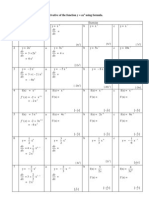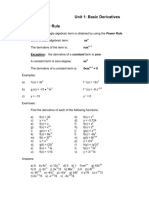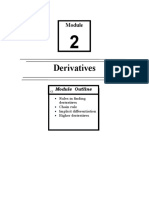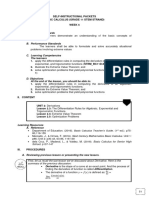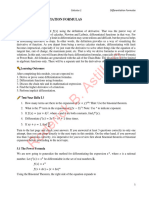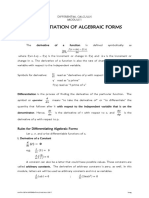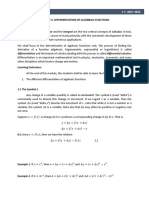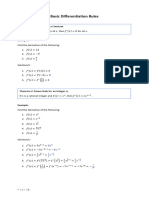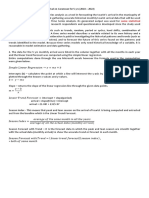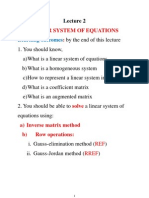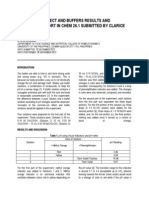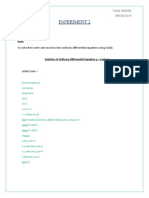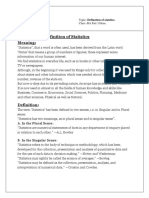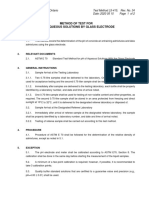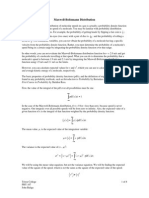0% found this document useful (0 votes)
37 views11 pagesCalculus 1 Module 2
This module on Calculus 1 focuses on general formulas for derivatives, including the derivatives of constant functions, products, sums, and powers. Students will learn to derive and apply these formulas to find first derivatives through various illustrative examples. The module includes pre-tests and activities to reinforce understanding of the concepts presented.
Uploaded by
kathalinaxyzCopyright
© © All Rights Reserved
We take content rights seriously. If you suspect this is your content, claim it here.
Available Formats
Download as PDF, TXT or read online on Scribd
0% found this document useful (0 votes)
37 views11 pagesCalculus 1 Module 2
This module on Calculus 1 focuses on general formulas for derivatives, including the derivatives of constant functions, products, sums, and powers. Students will learn to derive and apply these formulas to find first derivatives through various illustrative examples. The module includes pre-tests and activities to reinforce understanding of the concepts presented.
Uploaded by
kathalinaxyzCopyright
© © All Rights Reserved
We take content rights seriously. If you suspect this is your content, claim it here.
Available Formats
Download as PDF, TXT or read online on Scribd
/ 11



